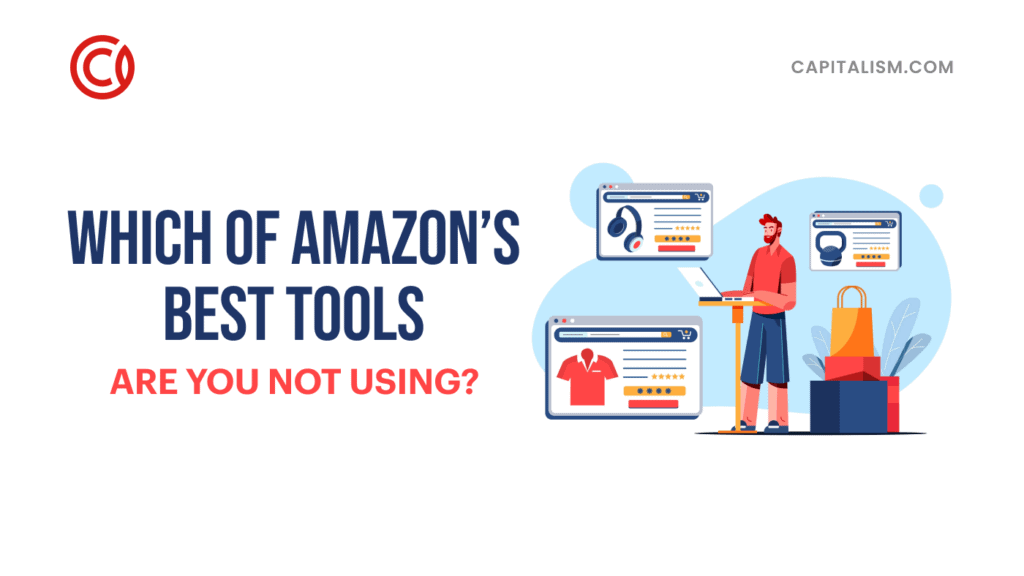Customer Service Tips for Brand Owners
“77% of brands could disappear, and no one would care.”
Havas Meaningful Brands 2019 Report
“65% of consumers say the quality of customer service is a factor when deciding where to make their purchases. 57% say they would pay more if they know they will receive good customer service.”
ICSC
“Brands spend up to 11x more on recruiting new customers than retaining existing ones.”
Brand Keys
Those statistics look awfully familiar if you’re a member of The One Percent because you just read them in the article featuring Peter Shankman in our August newsletter.
Connecting with your customers in a way that enriches their lives and makes doing business with you something they look forward to isn’t exactly rocket science. But sometimes it’s helpful to have some concrete guidelines to help you create a thorough standard operating process (SOP). SOPs help you train your team to do it the way YOU would!
Even better, in the marketplace, we can find loads of examples of customer service that are worth emulating. A very short list includes:
- Zappos: Happy feet, even happier customers - all because of their “maniacal obsession” with customer service.
- Chick-fil-A: Every “Thank you,” is met with, “My pleasure.”
- Aldi’s and Trader Joe’s (you know they’re connected, right?): They have built stellar reputations for treating customers right.
- Amazon: Sometimes dicey seller experience aside (suspended account owners, we’re looking at you - hang in there!), this giant held the top spot for customer satisfaction for nearly a decade.
- Costco: Guess who unseated Amazon in 2019?
As promised in the newsletter, here are our best tips for providing stellar customer service. Feel free to swipe and implement today, and you’ll further cement your relationship with your audience.

Rule #1: Every Single Email Response Gets Read by a Human
From broadcast emails to autoresponder messages, marketers are great at sending emails. But while mailing is nice, what happens when recipients reply? Does their message go into a void, never to be seen by human eyeballs?
Not on our watch, here at Capitalism.com, and it’s the same with many companies who love their people. We hang on every single word in every single email (well, maybe not the Cialis spam). Not only that, but here’s where Rule #2 kicks in.
Rule #2: The 24-Business-Hour Rule
Knowing your email got read is one thing, but it’s even better knowing you’ll get a response. Here, we never want to leave our people doing their best Adele imitation. We adopted this policy so our customers don’t have to wait around wondering if anyone’s going to take care of them. You can do the same, and publish your policy right on your contact page. By making it “24 business hours” you don’t have to worry about being on-call 24/7.
Rule #3: Make Making Contact Easy
Ever felt like you need to know some kind of “secret knock” to get in front of customer service? Maybe you start picturing them holed up and hiding from customers like THAT’s their job. Maybe some companies figure that if you can’t find their customer service team, you’ll give up and go away. Maybe you will - and that means your customers might, too. Instead, put your contact information everywhere: on your website, on your product inserts, and anywhere else that would make contacting you convenient.

Rule #4: Give Them All the Time They Need
Remember back to the last time you needed help resolving a problem. How much would you have loved having a loud ticking clock culminating in an obnoxious buzzer when your time trying to get help was up? Feeling heard takes time. What you might lose in efficiency is well worth the goodwill you can create by taking exquisite care of your customers.
Rule #5: Put Your People-People on the Phones
So, this one you may not be able to change right this minute, but if you need to make changes, today’s a great day to make a decision. For some people, the sound of a phone ringing is enough to send them straight to the nearest bottle of Tums. Then, there are people-people, those who eagerly engage with other humans and do so in a way that leaves them energized rather than drained. It’s always best to have your team members doing what they do best and love doing. Doing customer service is not for everyone. Those who love “peopling” enjoy their interactions and it shows.
Rule #6: Have a Script, But Don’t Live by It
Just to keep your policies and processes on-track, it’s smart to have a general script your customer service people can lean on. But as you train them, give them the freedom to be themselves, to adopt the script to their own way of speaking. Even using different words, it’s entirely possible for multiple customer service people to take excellent care of anyone who contacts your business. Plus, when they can be themselves, your team members are more likely to feel a real connection to the person on the other end of the call - and that kind of authenticity will come through loud and clear.

Rule #7: Don’t Make Them “Listen Carefully to Our Menu Options”
Honest question: has EVERY SINGLE business out there recently changed their phone tree menu? Why is that blurb in the outgoing message even a thing? Nobody has ever felt less aggravated after pressing 7 after listening to half a dozen other options. Make it simple; kill the phone tree and let them reach a real human on the first try - at least during business hours.
Rule #8: Give Your Team the Power to Fix Stuff
If you’ve ever called your internet provider to complain because their service went down - and stayed down for a day or two, they probably told you they’d credit your account. For like $3.86, the prorated amount for the outage. Considering that a day without internet connectivity could easily cost 100x that, their not-so-generous offer probably didn’t leave you feeling valued, heard, or taken care of, did it?
In your business, why not empower your customer service team to REALLY make things right with unhappy customers? With a simple understanding of your margins, you can set a certain limit on the latitude they can show your customers in the pursuit of fixing what ails them. Even better, you can do so without breaking the bank. Not only will you end up with happier customers - your customer service team will enjoy higher job satisfaction when their hands aren’t tied and they can actually help people in a real way.
The Takeaway
In today’s online marketplace, consumers have more options than were ever possible before the internet. That raises the stakes - and the bar - for brands to create and implement generous, personable, and delight-oriented customer service policies. While upping your customer service game isn’t effortless or free, necessarily, it’s an investment growing brands can’t afford not to make. Put your customers first, and you can’t help but do better than your competitors.












